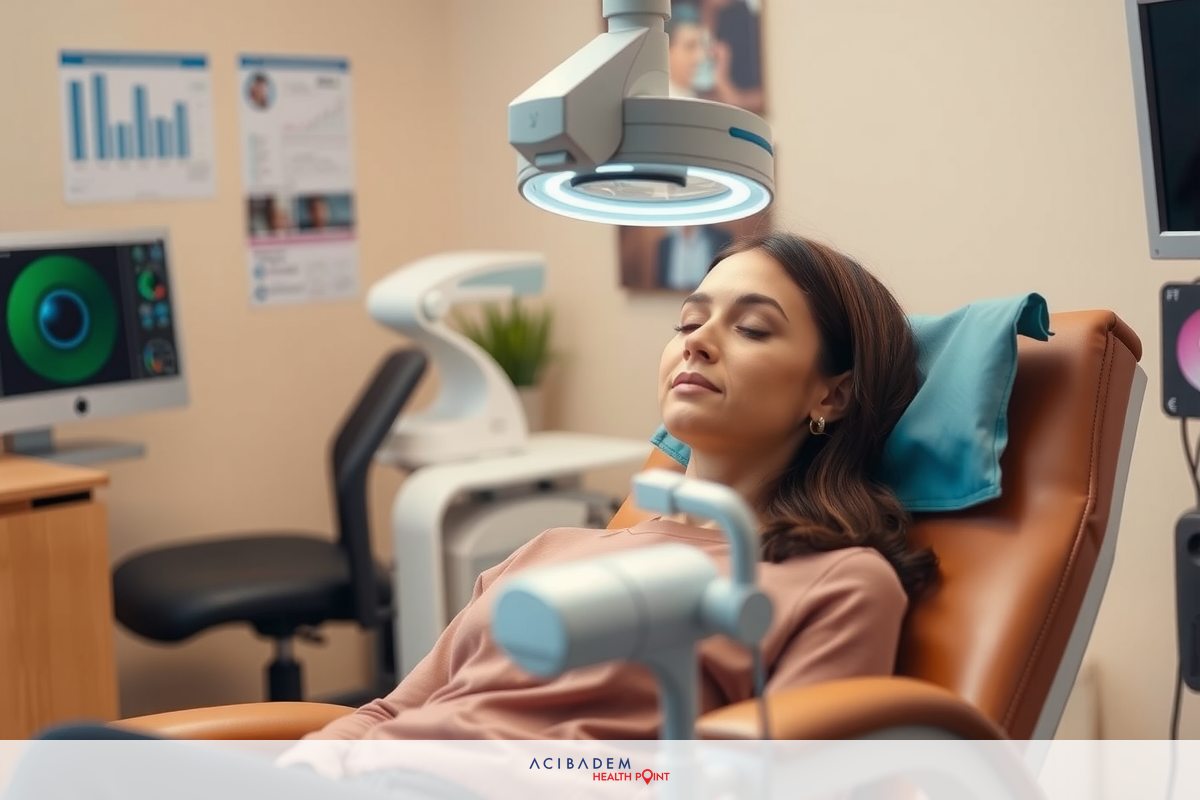How Does Refractive Laser Eye Surgery Work
How Does Refractive Laser Eye Surgery Work If you’re among the millions of individuals who consider spectacles or contact lenses as a hassle in daily life, refractive laser eye surgery can be an interesting solution for vision correction. This technology-fueled process modifies the cornea’s shape to sharpen eyesight and potentially eliminate reliance on corrective eyewear.
This complex yet fascinating type of eye surgery has been assisting numerous people globally by re configuring how light enters their eyes, resulting in substantially improved clarity of vision. With its increasing popularity worldwide, it is necessary to explore deeper into understanding how this advanced form of eye treatment functions in correcting one’s vision.
Understanding Refractive Laser Eye Surgery
In the realm of vision correction, refractive laser eye surgery makes a important mark. The main goal is straightforward: bend or “refract” light rays to create a sharper image on your retina. Here’s where science gets truly fascinating – using precise lasers, this procedure changes your cornea’s natural shape and fixes how light enters the eyes.
The curious might wonder about its application scope. Well, it primarily helps in managing common vision issues like nearsightedness, farsightedness and astigmatism. It doesn’t stop there; certain cases of presbyopia can also be treated with advanced forms of the surgery.
Laser eye surgeries aren’t new in ophthalmic medicine but what sets refractive procedures apart are their high accuracy levels achieved through computer-controlled lasers. It’s remarkable! Improved technology leads to fewer risks and greater benefits for patients seeking effective yet quick solutions for vision troubles.
This intricately crafted process has helped millions regain their natural visual prowess with minimal invasion into normal life routines after the surgery. Yet, knowing it just by name isn’t enough though alluring it might sound at first glimpse thus we unlock the door leading towards understanding more about refractive laser eye surgery as you read along!
The Procedure
Let’s embark on a step-by-step journey through the process of refractive laser eye surgery. This in-depth exploration into how it works will enable better understanding and appreciation for this advanced vision correction technique.
The initial stage involves rigorous pre-surgery preparations where your ophthalmologist uses state-of-the-art mapping tools to acquire detailed measurements of your cornea. It ensures encounterediculous planning for precise reshaping via lasers.
Next, anesthetic drops are applied to keep you comfortable throughout the procedure by numbing any sensations in your eyes. Then comes protective speculum application to prevent blinking midway during the course of action.
Moving onto the actual surgery part- here, a computer-controlled excimer laser emits pulses of invisible ultraviolet light onto your cornea. The exact amount is stringently calculated based on previously gathered data during preliminary exams.
This is what alters its shape, causing physical change that redirects light entering eyes effectively against retina serving as gateways towards crispier and clearer visuals than before!

Recovery and Results
After undergoing refractive laser eye surgery, you would naturally have certain expectations about the recovery period and results. It is important to remember that every individual’s experience is unique based on their specific conditions, but general patterns do exist.
The immediate phase after the surgery might be encountered with blurry vision or even mild discomfort. Fear not, it’s perfectly normal! Such temporary side effects subside within several hours as your eyes start adjusting to the new corneal shape.Though advised to rest immediately following the procedure, most patients resume routine activities within a day or two of their operation
The ultimate gift from this venture- Enhanced eyesight typically settles in after few weeks of healing time has passd.This ultimately makes all elements of daily life easier – from reading small print to spotting distant objects. Most report significant improvement while some may need additional glasses for tasks like driving at night or reading for extended periods.
Beyond these near-term benefits lies long term gains. With typical cases experiencing stable results lasting decades. However periodic check-ups are strongly advised to maintain optimal vision and detect any potential issues early on.It’s an investment in your health more than anything else!
Frequently Asked Questions
Is refractive laser eye surgery painful?
No, anesthetic drops are typically used to numb the eyes during the procedure. However, some discomfort or a sensation of soencounteredhing in your eye can be experienced after the surgery.
How long does it take to recover from the surgery?
While initial recovery is quite rapid and most people return to normal activities within 24-48 hours, full healing and stabilization of vision might take several weeks.
Are there any risks involved with refractive laser eye surgery?
With any surgical procedure there exists potential risks. These could include complications like dryness in eyes or poor night vision. It's important you discuss these thoroughly with your medical professional before proceeding.
All provided material above aims solely for general information purposes and should not constitute as specific medical advice. Always seek face-to-face prompt counsel with trusted healthcare providers regarding personal health conditions or matters related directly to one’s well-being.








